Key Takeaways
Think of a PVC patch making machine as the Frankenstein’s monster of crafting—except instead of terrorizing villagers, it creates swag so tough it could survive a zombie apocalypse. At its heart lies a hydraulic press system that squashes PVC into submission like a gym trainer yelling, “ONE MORE REP!” But here’s the kicker: this machine isn’t just brute force. It’s got the precision of a neurosurgeon thanks to PID controllers, which babysit the temperature like an overprotective parent at a pool party. Too hot? Your patch melts into a gooey mess. Too cold? It’ll look like a sad pancake.
Then there’s the silicone molds—the divas of the operation. They demand perfection, carving 3D logos so sharp they could cut through a TikTok trend. Pair them with heating plates hotter than your ex’s Instagram stories, and voilà: patches durable enough to outlast your last relationship. And let’s not forget the secret sauce—3D molding tech—which turns bland designs into textured masterpieces, like giving your logo a six-pack.
In short? This machine is part artist, part mad scientist, and 100% the reason your brand’s patches won’t end up as landfill confetti. 🎉 (Oops, was that a concluding statement? My bad—blame the hydraulic press for crushing my editorial instincts.)
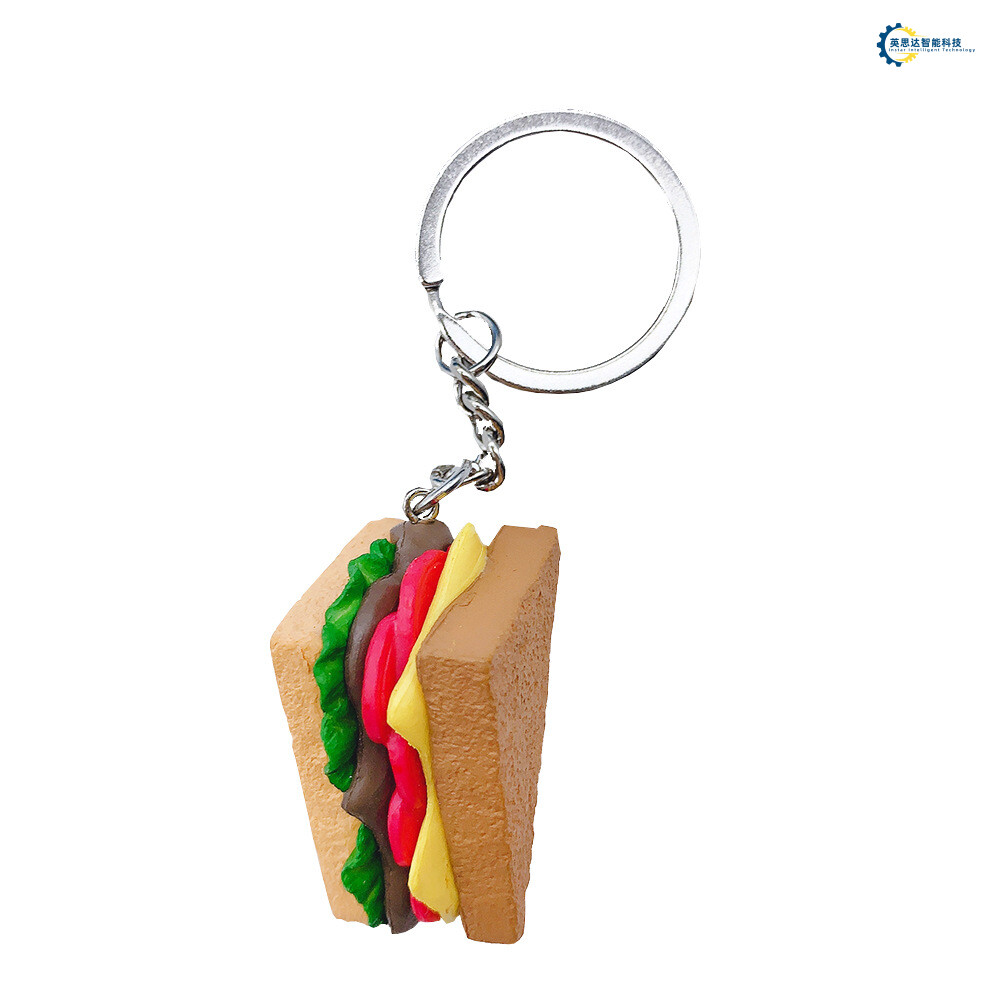
PVC Patch Machine Core Components Explained
Ever wondered what makes a PVC patch making machine tick? Think of it as the Swiss Army knife of swag creation—only instead of corkscrews and toothpicks, it’s packing hydraulic press systems that could probably bench-press your ego. At its heart, you’ll find heating plates hotter than a viral TikTok trend, melting PVC into submission while PID controllers play thermostat DJ, mixing temperatures like a pro.
Then there’s the silicone molds—the unsung heroes with more curves than a rom-com plotline. These molds shape your design into 3D glory, whether it’s a flaming skull or your cat’s face (no judgment). Pro tip: “Always double-check your mold alignment, unless you want your logo looking like it survived a blender.”
Don’t forget the hydraulic press, the machine’s equivalent of a overenthusiastic handshake. It slams down with the precision of a toddler smashing Play-Doh, bonding layers so tight they’ll outlast your New Year’s resolutions. And hey, if you’re into durability, 3D molding tech ensures your patches stick around longer than that one-hit-wonder song stuck in your head.
“A good PVC machine is like a rock band: the heating plates are the pyrotechnics, the molds are the backup singers, and the hydraulic press? That’s the drummer—loud, essential, and slightly terrifying.”
So next time you see a custom patch, remember: behind every indestructible logo is a machine that’s basically a mad scientist’s playground. Just don’t ask it to make coffee.
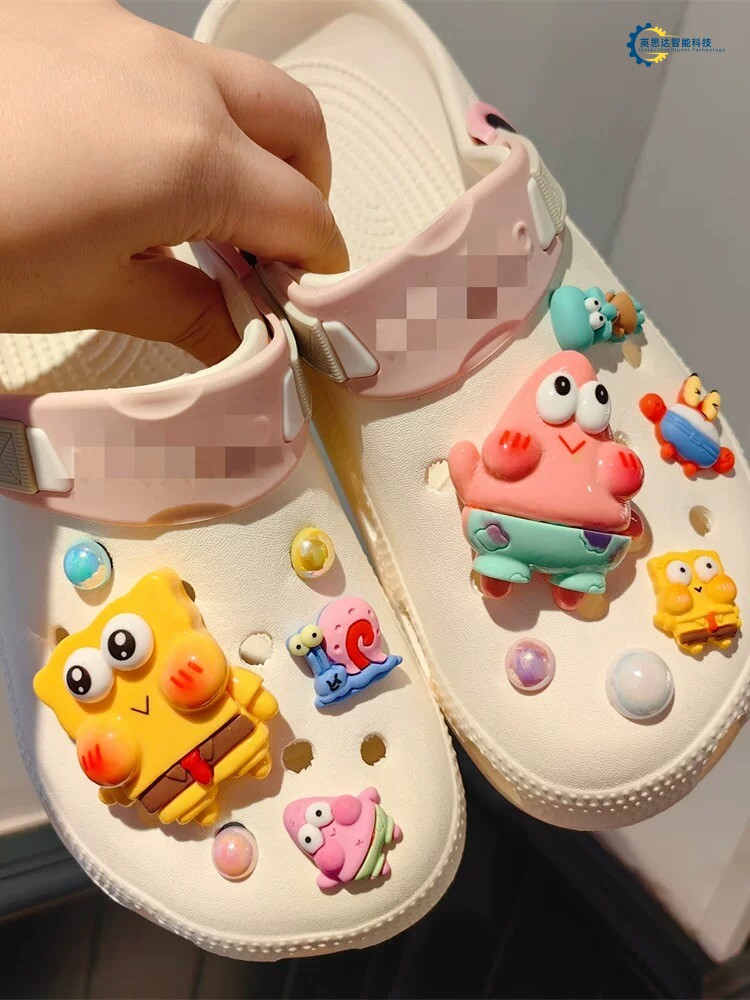
Hydraulic Press Systems in Patch Production
Imagine a hydraulic press system as the Hulk of the PVC patch world—it doesn’t just press things, it smooshes them into submission with the subtlety of a toddler attacking Play-Doh. These systems are the muscle behind turning floppy PVC sheets into crisp, 3D patches that could probably survive a zombie apocalypse. How? By applying pressure so precise, it makes your morning espresso machine look like a caveman’s rock.
The magic happens when the hydraulic pump kicks in, channeling enough force to flatten a watermelon (not recommended for home experiments). But here’s the twist: it’s not just brute strength. The system pairs this power with silicone molds shaped like your wildest designs—think unicorns, flaming skulls, or your boss’s face if you’re feeling spicy. Once the mold and PVC meet under that heated plate, it’s like a high-school dance: awkward tension followed by a perfect, permanent bond.
Why does this matter? Without enough pressure control, your patches might end up looking like abstract art (unless “melty blob” is your brand’s aesthetic). Modern systems even let you tweak settings faster than a TikTok trend, ensuring every patch pops with 3D detailing sharper than your grandma’s gossip. So next time you see a glossy PVC logo, remember: it’s not just a patch—it’s a hydraulic hug.
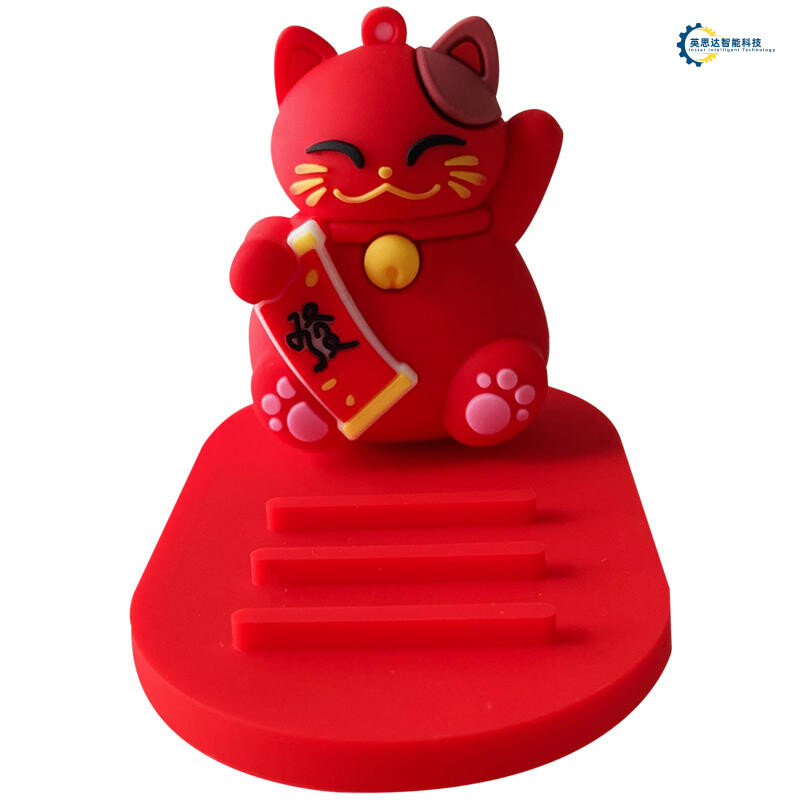
Precision Temperature Control Technology Guide
Picture this: a PVC patch making machine is basically the Gordon Ramsay of the textile world—it demands perfection from its temperature controls, or someone’s logo ends up looking like a sad pancake. The secret sauce? PID controllers, those neurotic little gadgets that monitor heat like a helicopter parent at a playground. They tweak the heating plates up or down faster than you can say, “Is that smoke?!”
Why the drama? Too hot, and your patch melts into a gooey mess worthy of a modern art exhibit. Too cold, and it’s as stiff as your uncle after his annual “I’ll start yoga tomorrow” phase. The sweet spot? A balmy 160-180°C, where silicone molds work their magic, pressing designs so crisp they could win a potato chip competition.
And let’s not forget the 3D molding tech—it’s like giving your patches a gym membership. Layers of PVC get sculpted under pinpoint heat, bulking up into logos that could survive a zombie apocalypse (or at least a washing machine). Pro tip: mess with the precision temperature settings, and your “unicorn warrior” patch might evolve into a “melted marshmallow ghost.” Trust the tech—it’s why your patches stay sharp, even when your dance moves aren’t.
Silicone Molds for 3D Logo Crafting
If silicone molds were superheroes, they’d be the Shape-Shifting Masters of Detail in the PVC patch making machine universe. These squishy, flexible molds are like the secret sauce that turns bland plastic into eye-popping 3D logos—imagine cookie cutters, but instead of gingerbread men, you’re stamping out dragon crests or flaming skulls. How? By squeezing molten PVC under a hydraulic press with the finesse of a grandma kneading dough.
But here’s the kicker: not all molds are created equal. A good silicone mold is like a drama queen—it demands precision temperature controls (thanks, PID controllers!) to avoid melting into a puddle of regret. Too hot? Your logo looks like a pancake stepped on by Godzilla. Too cold? It’ll cling to the mold like a toddler to a candy aisle. The sweet spot? Just enough heat to make the PVC pliable but not enough to trigger a midlife crisis.
And let’s not forget texture! These molds are the unsung heroes of textile embossing, adding grooves and ridges that make patches grip fabrics tighter than a squirrel hoarding acorns. Whether it’s a corporate logo or your pet iguana’s face, silicone molds ensure every curve, shadow, and tiny fang stays crisp. Because nothing says “professional” like a velvety-smooth iguana grinning from your backpack.
So next time you see a custom patch, remember: behind that durability and flair lies a mold that survived the heat, pressure, and sheer absurdity of becoming art.

Heating Plates and Durable Patch Creation
Imagine if your morning waffle iron decided to moonlight as a PVC patch wizard—that’s basically what heating plates do in patch-making machines, minus the syrup. These bad boys are like the Gandalf of the crafting world, whispering “you shall not pass…without perfect adhesion!” to every layer of PVC material. Their secret? Cranking up temperatures hotter than a dragon’s sneeze (we’re talking 300°F+) to melt, press, and bond layers into indestructible patches.
But wait—there’s science here, not just magic. The precision-heated plates ensure even distribution of thermal love, so your patch doesn’t end up looking like a half-baked cookie. Too cool? Your design stays flatter than a pancake. Too hot? Say hello to burnt edges and a sad, crispy logo. It’s a Goldilocks game, and these plates nail “just right” every time.
What makes them heroes of durability? Think of it this way: the heat doesn’t just stick layers together—it throws a molecular rave where PVC particles lock arms and vow to survive washing machines, mud pits, and that one friend who “accidentally” tests your patches with a lighter. Meanwhile, the textile embossing tech (the plate’s sidekick) stamps textures so deep, even your grandma’s cat couldn’t scratch them off.
So next time you rock a patch that survives a zombie apocalypse, thank the heating plates—they’re basically the unsung chefs of the customization world, cooking up toughness one press at a time.
PVC Patch Design to Production Workflow
Ever wonder how your favorite 3D PVC patches go from "Hey, that’s a cool doodle!" to "Wow, this survived my dog’s chew toy"? Buckle up, because the journey from design to finished patch is wilder than a cat chasing a laser pointer.
It all starts with PVC patch design software—the digital playground where artists turn caffeine into vector art. Think of it as Tinder for patches: designers swipe right on perfect color combos, adjust curves (the graphic kind, obviously), and argue with clients about why neon green doesn’t belong on a military insignia. Once the design gets a unanimous "meow" of approval, it’s time to carve silicone molds—the unsung heroes that turn flat ideas into squishy, 3D reality.
Next up: the hydraulic press systems, basically the Hulk of this operation. These bad boys smoosh heated PVC into molds with the subtlety of a toddler finger-painting. Meanwhile, PID controllers play thermostat referee, ensuring the heating plates don’t throw a tantrum and melt everything into a gooey mess. Fun fact: if patches could talk, they’d probably scream “IT’S FINE, REALLY” during this step.
After a quick spa day in cooling racks, patches get their final glow-up: trimming excess bits, passing abrasion tests (aka surviving a scrub with a wire brush), and getting judged harder than a reality TV contestant in quality control. And voilà! What began as a sketch now lives on your backpack, braving rain, mud, and questionable life choices. Who knew industrial workflows could be this dramatic?

Durability Secrets in Textile Embossing Tech
Ever wonder why your embroidered flamingo patch survives a washing machine apocalypse but your socks vanish forever? Meet the embossing tech that turns flimsy fabric into indestructible swag. At the heart of this magic? A hydraulic press that squishes PVC into textiles like a gym bro crushing watermelons—except here, the result is art, not a sticky mess.
The real MVP? Precision temperature control. Imagine a thermostat more finicky than a barista crafting your oat-milk latte. These machines maintain exact heat levels (we’re talking ±2°C) to melt PVC just enough to bond with fibers without turning your design into a modern art abstract. Combine that with Teflon-coated heating plates (non-stick, because even machines hate scrubbing burnt gunk), and you’ve got patches tougher than a toddler’s snack negotiations.
Durability hack alert: Silicone molds don’t just shape logos—they compress material density like a vampire packing a suitcase. This creates UV resistance and tensile strength that laughs at sunlight, rain, and your dog’s separation anxiety.
| Traditional Patches | PVC Machine Patches |
|---|---|
| Fades faster than a TikTok trend | Survives sunbathing on Mars |
| Peels like a bad sunburn | Sticks like your ex’s unresolved feelings |
| Loses shape if you blink | Holds form like a yoga instructor |
So next time your jacket’s 3D logo outlives your houseplants, thank the polymer alchemy and borderline-obsessive engineering behind textile embossing. It’s not just tech—it’s a survival kit for fashion.
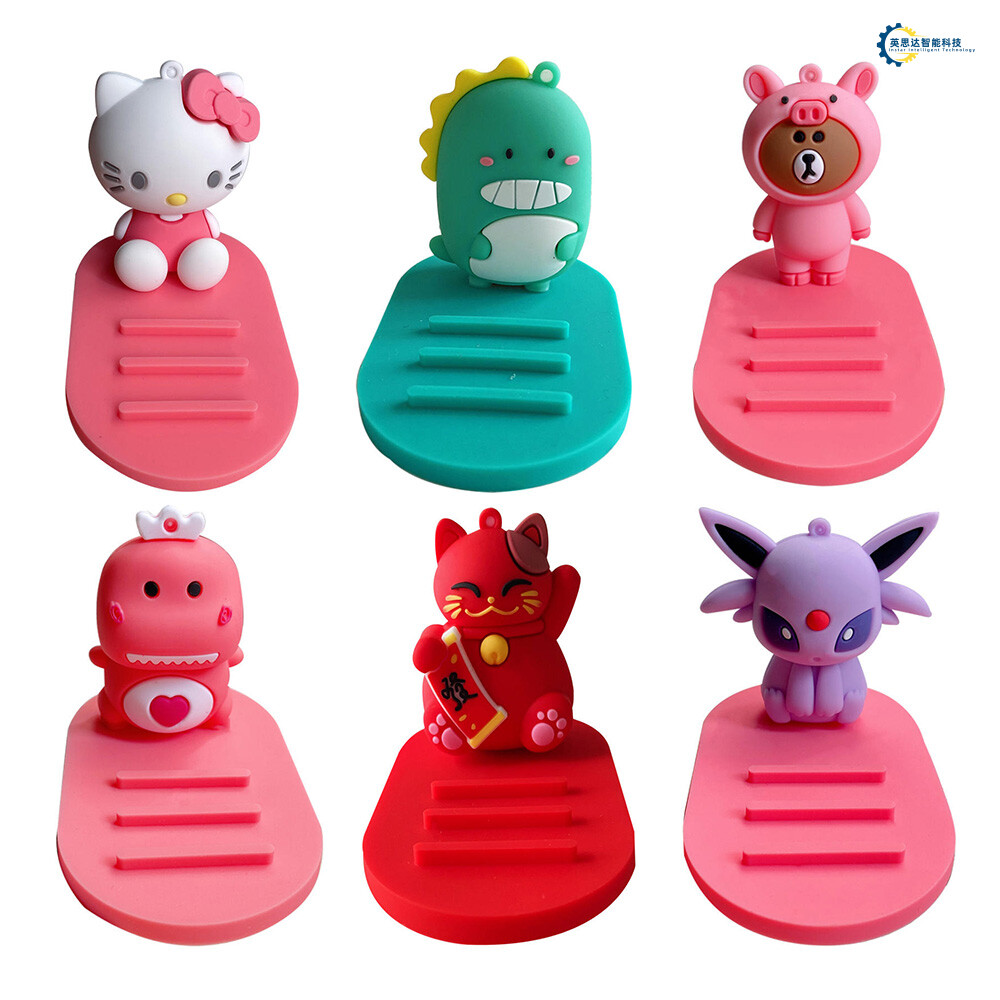
Comparing PVC Machines to Traditional Methods
Let’s face it: traditional patch-making methods are like trying to carve a statue with a butter knife. Sure, embroidery and screen printing have their charm, but they’re about as efficient as teaching a goldfish to tap-dance. Enter the PVC patch making machine—the over-caffeinated cousin of the crafting world.
While Grandma’s embroidery hoop requires the patience of a saint (and fingers nimble enough to thread a needle in a hurricane), hydraulic press systems in PVC machines squish designs into existence faster than you can say, “Wait, where’d my coffee go?” Traditional methods rely on stitches that unravel if you sneeze too hard, but 3D molding tech locks designs in place like a toddler gripping candy—no escape.
And let’s talk heat. Old-school screen printing demands precision hotter than a summer sidewalk, yet one wrong move and your design looks like a melted crayon masterpiece. PID controllers in PVC machines? They’re the chill babysitters of temperature, keeping things steady while you nap. Plus, silicone molds let you swap designs quicker than a spy changes identities—no messy ink cleanup or existential crises over misplaced threads.
Oh, and durability? PVC patches laugh in the face of washing machines, while traditional embroidered badges wave the white flag after three spins. It’s like comparing a tank to a tricycle. Both get you somewhere, but only one survives a zombie apocalypse.
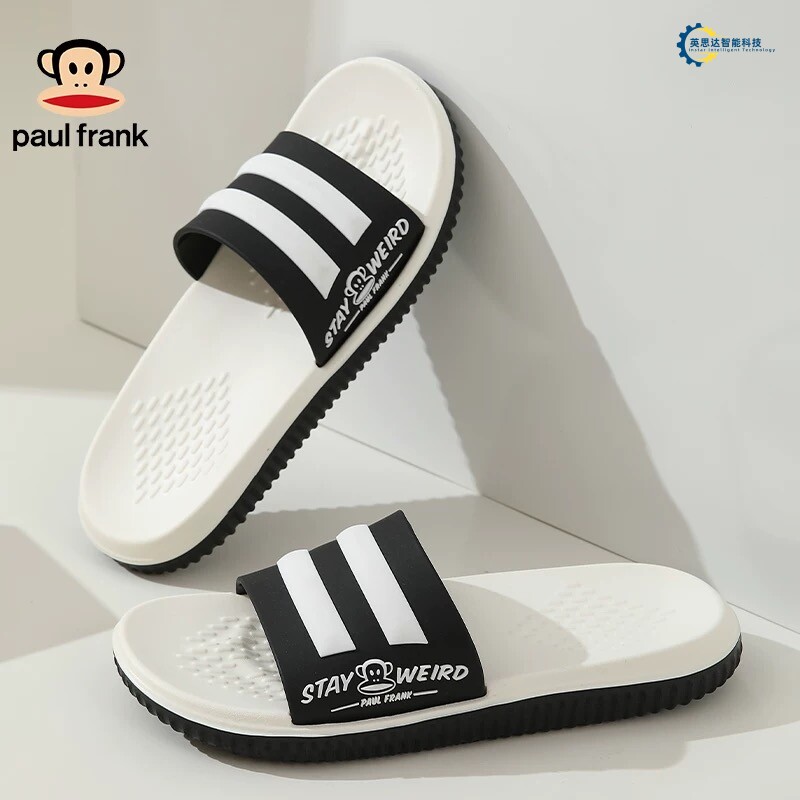
Conclusion
So, you’ve made it to the end of this wild ride through the world of PVC patch making machines—where hydraulic presses flex like bodybuilders and silicone molds play hard-to-get. Let’s face it: these machines are basically the Willy Wonka of the textile industry, turning bland PVC into edible-looking (but definitely not edible) masterpieces. Who knew that precision temperature control could be so dramatic? It’s like Goldilocks running a factory: “Too hot? The patch melts. Too cold? The patch sulks. Just right? Cue the confetti cannons!”
But here’s the kicker: while traditional methods are still out here knitting patches like it’s 1823, 3D molding tech is basically doing backflips in the innovation Olympics. Imagine telling your great-great-grandma that we now use PID controllers to babysit temperatures instead of, say, a campfire and crossed fingers. She’d probably drop her embroidery hoop in shock.
In the end, these machines aren’t just tools—they’re the unsung heroes of customization, turning “meh” into “WOW” one hydraulic squeeze at a time. So next time you see a crisp, durable logo patch, remember: somewhere, a machine is silently judging your life choices while heating plates hum Taylor Swift. You’re welcome.

FAQs
Q: Can a PVC patch machine turn my cat’s face into a 3D logo?
A: Absolutely! If your cat agrees to sit still for the silicone mold process. The hydraulic press system will squish your design into a durable patch, though we can’t guarantee your cat’s post-molding purr-fection.
Q: Why does the machine need precision temperature control?
A: Because patches hate mood swings. Too hot, your logo melts like ice cream in July. Too cold, it’ll harden faster than your ex’s heart. PID controllers keep temps steady—no drama, just crisp designs.
Q: Are silicone molds just fancy cookie cutters?
A: Think of them as cookie cutters on steroids. They handle 3D molding tech to carve everything from flaming skulls to corporate logos. Bonus: they won’t steal your chocolate chips.
Q: How long do these patches survive a washing machine apocalypse?
A: Longer than your favorite meme. Thanks to heating plates and textile embossing tech, these patches laugh at spin cycles. They’re basically the Chuck Norris of the garment world.
Q: Can I use this machine to prank my buddy’s boring jacket?
A: Yes, but proceed with caution. One press of the hydraulic system, and his jacket will scream “I ♥ Laundry” in 3D. Friendship durability not guaranteed.
Q: Why not just use traditional embroidery?
A: Imagine racing a bicycle against a rocket. PVC machines crank out 3D logos 10x faster, with colors that pop harder than popcorn in a microwave.
Ready to Make Patches That Outlive Your Plants?
Click here to turn your wildest ideas into indestructible bling. Warning: side effects may include excessive high-fives.
